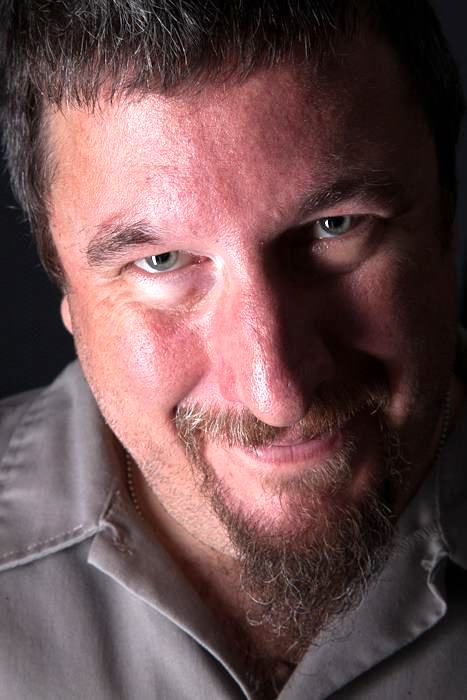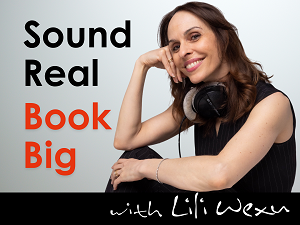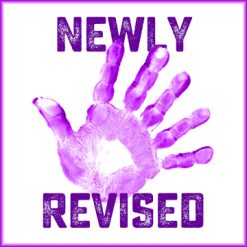|
VOICE ACTING You've Got A Problem: Understand Elements Of Commercial Scripts To Voice Them Best September 12, 2018  By Rob Marley By Rob MarleyVoice Actor In very general terms, most voice-over commercial scripts contain three main components. These are known as the Problem, the Solution and the Call to Action. In reality, there are a lot more parts that make up those three components. Let's dig a little deeper into each one. ATTENTION: YOU'VE GOT A PROBLEM The Problem usually
starts the commercial, and the opening is written as an
attention-getter. This is typically some off-the-wall question or a
statement designed to wake the viewer or listener out of their stupor
and catch their attention.
By itself, that line doesn't make a whole lot of sense. The listener's brain subconsciously says, "huh? Wha?" So the next line explains or clarifies the first line, and sets up the scene for the listener:
Oh! OK, they're talking about mountains as an metaphor for an obstacle or challenge. I get it! The line after this then usually goes on to describe the scene. THE 'TURN' TO SOLUTION A
commercial is written with the idea of planting a mental picture in
the listener's head. Sometimes it's a negative picture. Like one of those
late night commercials that shows some 1st year acting student
ham-fisting their way through the difficult task of cracking an egg,
where they manage to get yolk all over themselves, the stove, the
cabinets, etc. with the VO intoning:
After implanting that mental picture for the viewer, the commercial quickly switches to the solution,
or what I like to call "The Turn." It's the point in the commercial
where you show the miracle Solution to the horrible problem that
you created for viewers just a second or two ago. It's the point in the
script where you go from telling a story to selling a product.
Often, this is also the first time that the voice-over is mentioning the
product and the reason for the commercial in the first place. That's why you'll want to add a little more emphasis to the product name to make
it stand out from the rest of the sentence. The next line or two
will go into talking about how amazingly fantastic the product is, and
how silly a person would be to not immediately go online and buy it. ... SO ACT NOW! After this comes the call to action. This is where the rubber hits the road. This is where you are physically ORDERING someone into doing something:
Depending
on how much time is left or the type of commercial, the call to action is mostly followed by a line that wraps-up the commercial into
the company name and possibly their tag line.
This is typically the signature for the company and the line
that most-likely means the most to the client. It is the last thing the
listener will hear, so make sure you give that line
the importance the client wants it to have. HELPS YOUR PERFORMANCE Naturally there are
multiple variations of this, but for the most part, I'd say about 90% of
every commercial script you see will be structured this way. Knowing the parts of the script can help you to get ideas on how each
section could or should be
voiced. And the more you analyze a script, the more comfortable you
will be with what you're saying, which will make it all sound that much
more natural. As you go about your day, pay attention to the
commercials that you hear. Can you identify the Problem? The Solution?
The Call to Action? ------------------
ABOUT ROB A Los Angeles native, Rob Marley is an accomplished voice talent, producer and writer, now living in the hill country of Austin TX. Web: www.MarleyAudio.com SEE MORE HELPFUL VOICE ACTING ARTICLES HERE |
As of the NEW website launch, 03/22/2012








.png)

Excellent understanding of the spot's structure.
Bravo!